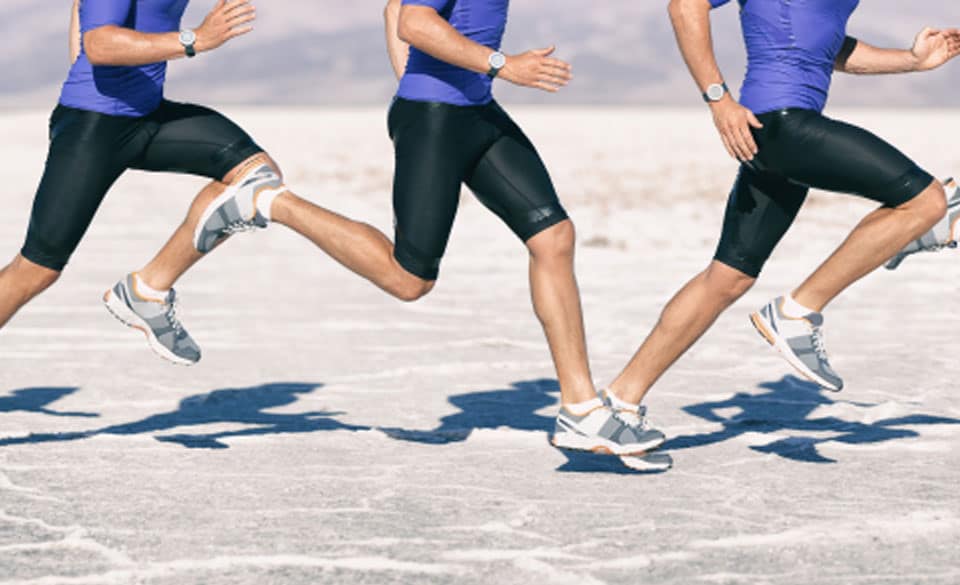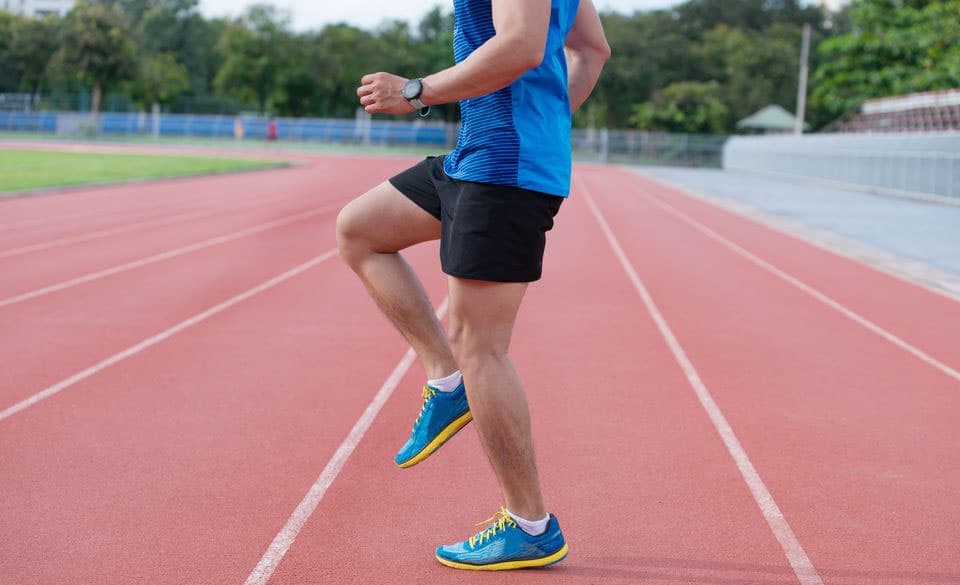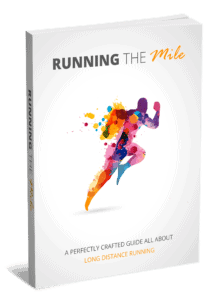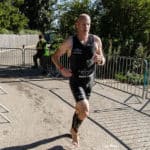
Beginners Running Technique – UPDATED 2021 – Guide To Staying Injury Free
Page Contents
There is more to the right running technique and how to run than just putting on your sportswear, hitting the track and carrying out what feels natural. Studies have shown that the right running technique puts a lower amount of stress on the body. Thus reducing the risk of injuries, allowing runners to train harder, run faster and go longer.
When it comes to having the right running technique, simple adjustments to your posture, stride turnover, foot strike and your arm swing can work magic. Are you a beginner? Or are you only interested in learning about the right running techniques, avoiding injuries and becoming a better runner? Stay tuned! This article will provide you with the necessary information required to achieve your best race results.
The Right Running Technique
Have you been running the right way you should? How can you figure out the correct running form from the wrong one?
Your running technique solely depends on your body posture. The quality of your body posture will determine how efficient your running technique will be. Since your body posture is a crucial determinant, the question that comes to mind is “how will you identify a good body posture?”
Of course, you have to know what it entails before you can practice or turn it into a habit. An excellent running posture is one with a reasonably straight spine (not too straight or too bent). A good posture will not only improve your running efficiency but also improve blood circulation to your muscles, organs and allow the supply of oxygen to your brain.
A good running technique is one that a runner can quickly adapt to and not to increase the runner’s risk of injury. To adopt the right running technique, you will also have to be flexible. The more flexible your muscles, joints, and tendons are, the lower the limit in your range of motion. You can’t just sleep and wake up being flexible; you have to work on it.
One of the significant causes of knee and hamstring injuries is over-striding. You are over-striding when your feet are landing in front of you instead of landing directly under you. A proper leg motion will not only prevent injuries but also ensure the circulation of blood to your legs.
With a proper running technique, your upper and lower body should be doing the same amount of work. This means your upper and lower body are working in harmony together. Reducing the workload on any single muscle group will make you run faster and more efficiently.
Cadence is the number of strides taken per minute. The lower your cadence, the longer the time your foot spends on the ground, thus the higher the energy your legs will spend to carry your body weight. Maintaining the right cadence (about 85 – 90 strides per min. on each leg) is a key to a faster pace, reduction in fatigue, and fewer injuries. Using a metronome can help you increase your running cadence if you are struggling.

Running Technique – Guide To Running Effecient
It is one thing to know a proper running technique, and it’s another thing to understand how to apply it for better running performance.
When making changes to your running technique, mental focus is required. If you want to achieve the best race result, you have to re-educate your body, and this requires using your brain. Adjustments made to your running technique need time for the brain to process before it becomes a natural habit.
Pay attention to your body; this will not only help you in injury prevention but also help you in finding a quick solution. When you listen to your body, you are not only going to prevent injuries, but it will also determine what you are doing wrong.
Good Breathing Habits
Your body needs oxygen to convert the stored fuel in your body into usable energy. A reduction in the level of oxygen taken into your body will reduce your ability to burn glycogen which provides you with the energy needed to run. This is why you have to inculcate a good breathing habit. Take advantage of your total lung capacity by breathing as deep as you can.
Staying Relaxed
This includes a relaxed mental ability and positive responses to things going on within and around you. Have a good sense of humour and free your mind from all nervosity and anxiousness about the race. When you are relaxed, your chances of straining a muscle will reduce. This will allow you to run efficiently and reduce the amount of time you’ll spend to recover from a race.
Running Tall
Most people run with a compressed or curled posture, which may contribute to their running problems. Since a good posture is essential to your running form, you have to run with a straight spine by staying upright or with a slightly forward bend from the hips. Remember to stop staring directly at the ground in front of you while running.
While running tall, lean forward without bending at the waist, and take advantage of the gravitational force to move forward rather than relying only on your muscular effort. This simple method (all wrapped up in a pose, fall and pull) will improve your efficiency, reduce the amount of energy as well as the risk of injuries.
Use Short, Quick Strides
To most people, longer strides mean a quicker pace and a faster finish time. Since stride rate and length determines the speed of a runner. Runners with longer strides tend to move their legs too far out in front of their bodies (Overstriding). Whether on your forefoot, heels or mid-foot this is affected by the length of your stride.
Proper Hand Movement
Hand movement aids forward momentum. When your arms are relaxed and moving correctly, the workload given to your lower body is more or less reduced. Your arm movement should be doing what feels natural, moving back and forth and not causing your body to sway from one side to the other. Relax your shoulders and ensure that your elbow is not extended in front of your waist while running.
Since there is no running technique that guarantees a 100% safety, the following tips will help you make most of these techniques and ensure your safety.
TIPS
– Try out numerous running techniques and determine the one that suits you the most. Determine the methods you need and take time to practice them.
– Increase your mileage and the amount of time spent on your feet bit by bit.
– Introduce changes and adjustments to your running technique gradually and allow your body to adjust to your new running form.
– Rest well and allow your body to recover each time you increase your mileage or add speed to your workout.
– Pay attention to your body; avoid running with injuries.
– Take care of any injury as soon as you can. Seek the help of a physical therapist if the need arises.
Learn and Educate Yourself
The excellent performance will only be a dream without the right running technique. It is, therefore, vital to learn and teach the proper technique to bring that dream into reality. Are you interested in taking your running career to a greater height? Then it’s high time you invested in the right running techniques. Even if you are doing it for the fun of it, the running efficiency and low risk of injuries it offers are well worth the effort.


Download Running the Mile for only 8usd
“A Know-all Short Report All About Long Distance Running”



